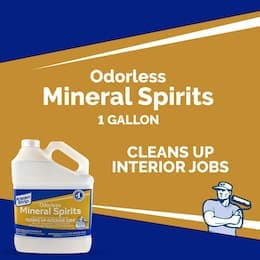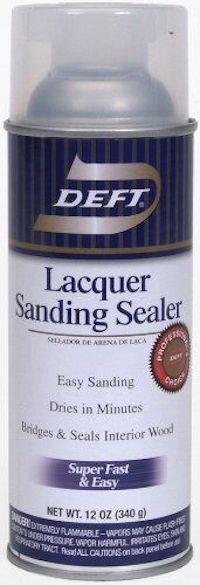As an Amazon Associate & eBay Partner: we earn from qualifying purchases
Grok.com: "Best website for metal finishing questions?"
"Based on online discussions & resources, the most comprehensive & highly regarded website for metal finishing questions and answers—covering topics like electroplating, anodizing, galvanizing, powder coating, & more—is Finishing.com. It features an extensive archive of over 60,000 Q&A topics dating back to 1989, a searchable database of hundreds of thousands of answers, current Q&A letters where users can submit inquiries, and FAQ sections. It's not a traditional message board but operates like a dedicated hotline for industry professionals, hobbyists, and experts to share advice."
Home /
T.O.C.
Fun
FAQs
Good
Books
Ref.
Libr.
Adver-
tise
Help
Wanted
Current
Q&A's
Site 🔍
Search
 -----
-----
Fire related question about Nitro Sanding Sealer
Q. I am a Fire Investigator and am currently investigating a fire. It seems that Nitro Sanding sealer was being used on wood cabinets, possibly in conjunction with Old Masters Cedar gel staining and penetrating stain. My question?
Is Nitro susceptible to auto ignition or if rags are used will this product spontaneously ignite the rags if stored improperly? Second? When used with the Old Masters products are they highly combustible?
Sandy Sandoval
Fire investigator - Thornton, Colorado, USA
July 8, 2008

|
A. Sandy
A visit to Old Master's website shows that their gel stain contains
20-50% mineral spirits (CAS
64742-48-9) which has a flash point of 102 F. The MSDS does not reference any spontaneous combustion warnings.
A web search of Nitro Sanding sealer (search engine = yahoo) produced www.multilac.com, which may or may not be what you are looking for.
A similar product I use, Minwax Pre-Stain Wood conditioner, contains
88% mineral spirits, (CAS 64742-88-7) which has a flash point of 101 °F. Precautions for spontaneous combustion are referenced in the Handling and Storage section of the MSDS.
A third product, Old Dad's Stain and Sealer, did not have a MSDS available on-line, but the container label warns of spontaneous combustion, as well as being a combustable material.
Summarily, there are a number of wood finishing products on the market that clearly pose a hazard of spontaneous combustion for oil soaked rags and other waste products.
Willie Alexander
- Colorado Springs, Colorado
A. Hi Sandy,
I presume that the Nitro Sanding sealer is namely a nitrocellulose lacquer. These materials came into being after they discovered they had vast amounts of "gun cotton" left after the 1914-1918 1st World War. Someone discovered that if they dissolved the material in certain solvents then added hard resin etc, a good quality surface coating resulted. The dry "gun cotton" being a very explosive raw material required damping down with
isopropyl alcohol until it was required to make a surface coating. Once made into a coating, lack of precautions as to the dangers of the dry over-spray dust formed during the coating process led to numerous fires. These were either due to a small spark from metal items striking something else or a small naked flame. The spray booth exhaust system was a prime site for fires -- the build up of waste over-spray on the fan blades, caused the motors to overheat -- whoosh - a big fire results. I can only presume that the stains (having never across them in the UK) could be spirit based dyes, also requiring the same appropriate care and attention due to their high flammability nature.
Terry Hickling
Birmingham, United Kingdom
|
Disclaimer: It's not possible to fully diagnose a finishing problem or the hazards of an operation via these pages. All information presented is for general reference and does not represent a professional opinion nor the policy of an author's employer. The internet is largely anonymous & unvetted; some names may be fictitious and some recommendations might be harmful.
If you are seeking a product or service related to metal finishing, please check these Directories:
Finishing
Jobshops
Capital
Equipment
Chemicals &
Consumables
Consult'g,
& Software
About/Contact - Privacy Policy - ©1995-2025 finishing.com, Pine Beach, New Jersey, USA - about "affil links"


